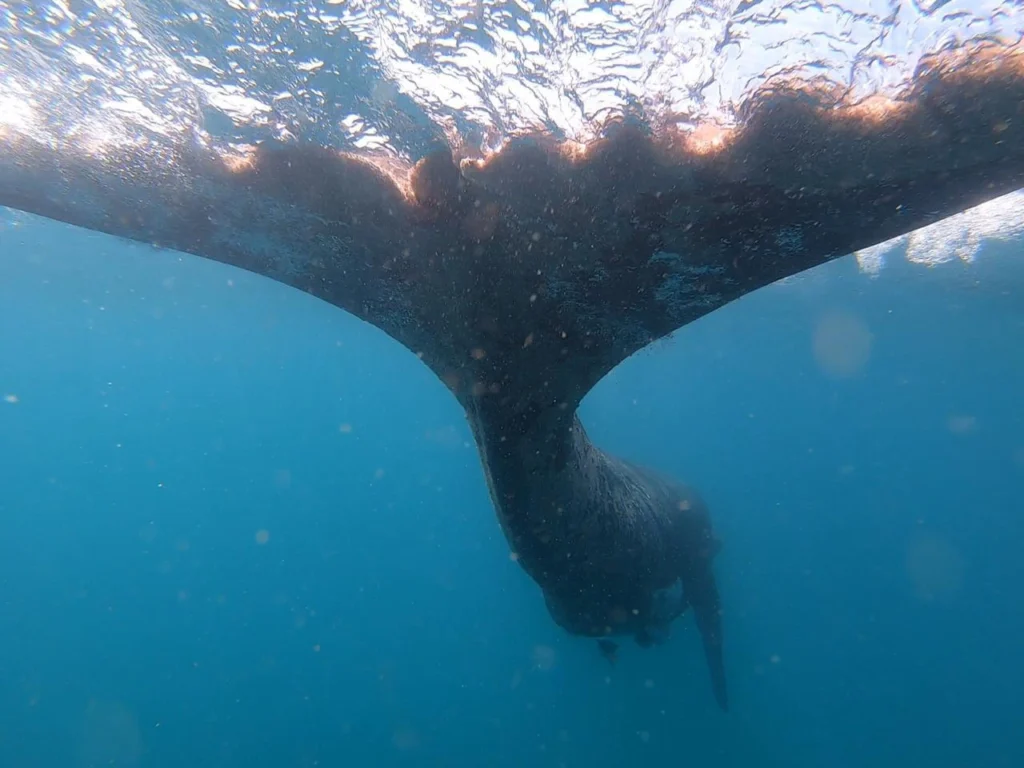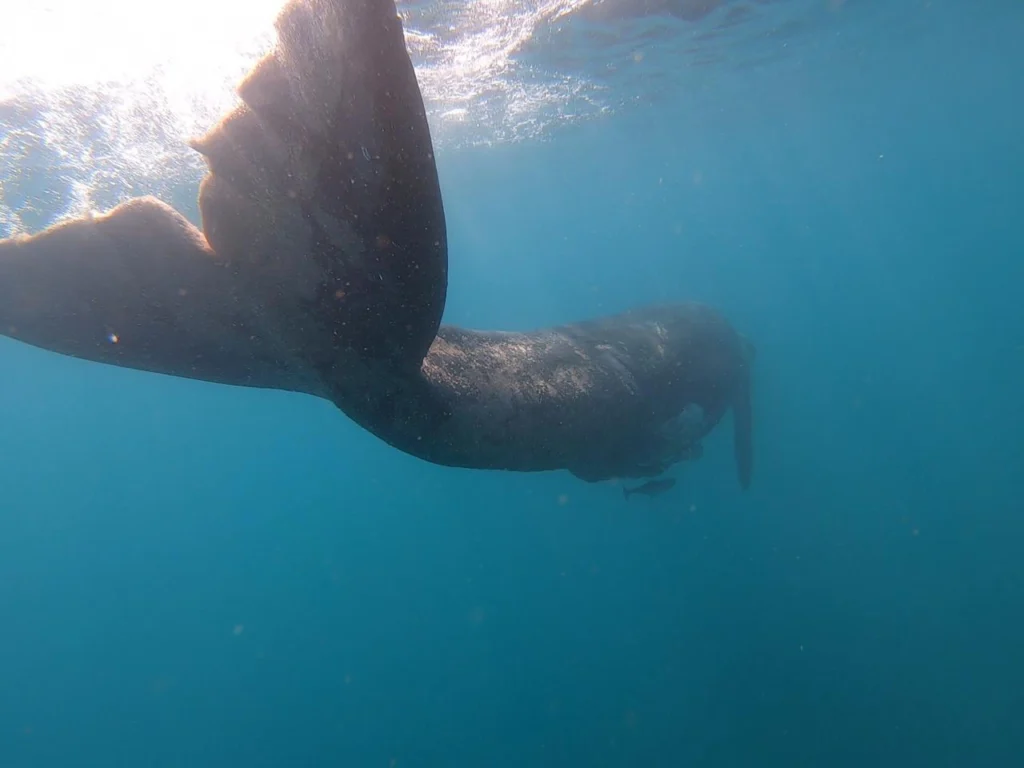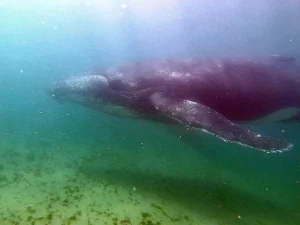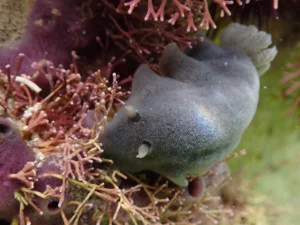The southern right whale (Eubalaena australis) is a magnificent marine mammal that inhabits the Southern Hemisphere’s oceans. Belonging to the family Balaenidae, it shares its lineage with two other right whale species, the North Atlantic and North Pacific right whales. While previously thought to be of the same species during the early whaling era, genetic studies subsequently revealed that the northern and southern right whales have not interbred for over 10 million years – firmly classifying them as separate species.
The right whales are distinguishable from other whales by specific physical characteristics, such as the presence of callosities on their head, a broad back without a dorsal fin, and a long, arched mouth that starts above the eye. Whale callosities are patches of rough, raised skin found on their heads and are typically covered in colonies of small crustaceans called whale lice. The pattern and distribution of callosities are unique to each individual, similar to a human fingerprint, making them extremely useful for identifying and studying whales. While the exact biological function of these callosities remains unclear, some suggest they may provide protection against predators, such as orcas (Orcinus orca).

As with humpback whales (Megaptera novaeangliae) and other species within the suborder Mysticeti, southern right whales utilise a specialised feeding strategy, whereby baleen plates, which are comb-like structures made of keratin, are used to filter small prey such as krill, plankton, and small fish from the water. This process involves taking in large quantities of seawater and then expelling it through the baleen while retaining the prey for consumption. This efficient feeding mechanism allows southern right whales to sustain their large body size and energy requirements.
Significant energetic requirements are necessary to facilitate the extensive migrations that southern right whales undertake – covering vast distances from their feeding grounds in polar waters to warmer, more temperate regions for breeding and calving. The timing and duration of these migrations can vary depending on factors such as food availability, oceanographic conditions, and reproductive cycles.
The reproductive behaviour of southern right whales is characterised by a low reproductive rate and a strong maternal bond, with females typically giving birth to a single calf every three to four years after a gestation period of approximately twelve months. During the winter months, southern right whales can usually be seen along their migratory routes in shallow, sheltered bays and inlets, where females can give birth and nurse their calves in relative safety. These areas provide protection from predators and rough seas. While they primarily inhabit the Southern Ocean, they can be observed in the waters off the coasts of South America, South Africa, Australia, and New Zealand. When kelp forest snorkeling in Cape Town, it can be quite a treat hearing their whale song. Right whales characteristically avoid crossing warm equatorial waters as their thick layers of insulating blubber pose a challenge for them to regulate their internal body heat effectively in tropical climates.

Despite their immense size, southern right whales are known for their gentle and curious nature towards humans and boats, and their playful and inquisitive demeanour has made them a popular attraction for whale-watching tours. They are often observed breaching, lobtailing, and spy hopping, whereby the animal raises its head vertically out of the water to observe its surroundings or to get a better view of objects above the surface. This behaviour allows whales to visually explore their environment, potentially aiding in navigation, communication, or foraging activities.
Southern right whales are classified as Least Concern on the International Union for Conservation of Nature (IUCN) Red List, which reflects the overall stable population trend of the species. However, localized threats such as entanglement in fishing gear, ship strikes, habitat degradation, and noise pollution still pose significant risks to certain populations of southern right whales. Continued monitoring and conservation measures are therefore essential to ensure the long-term survival and well-being of this iconic marine species.



